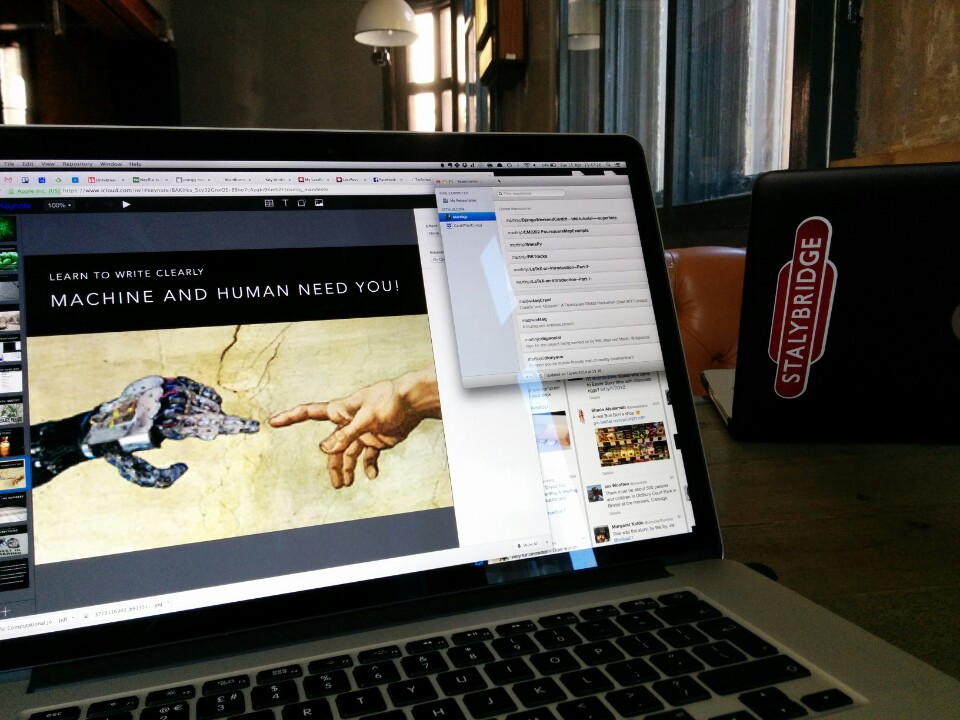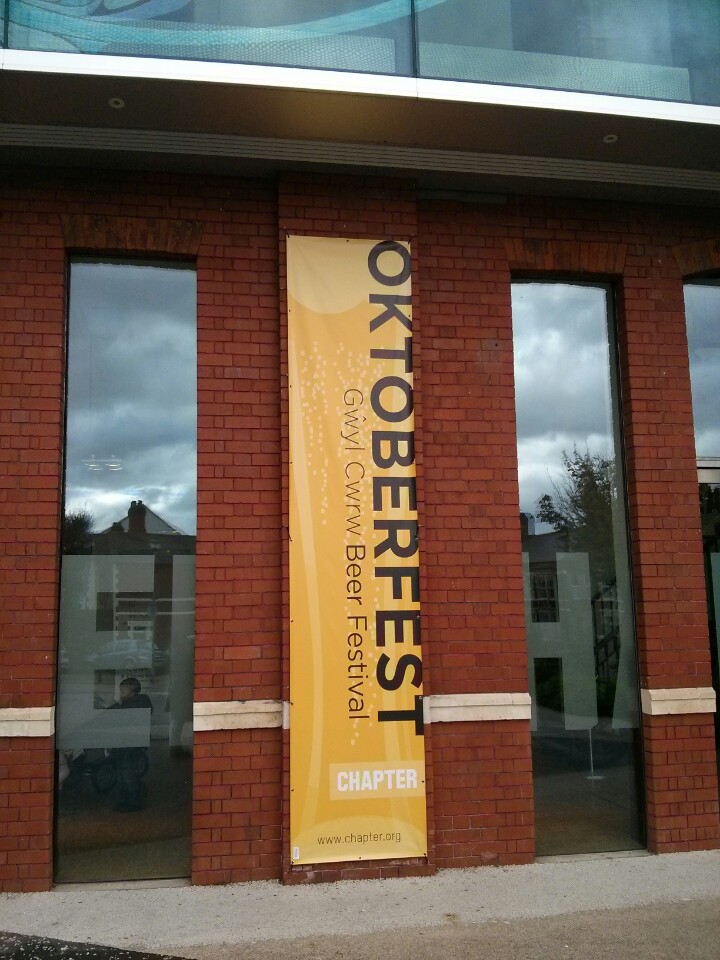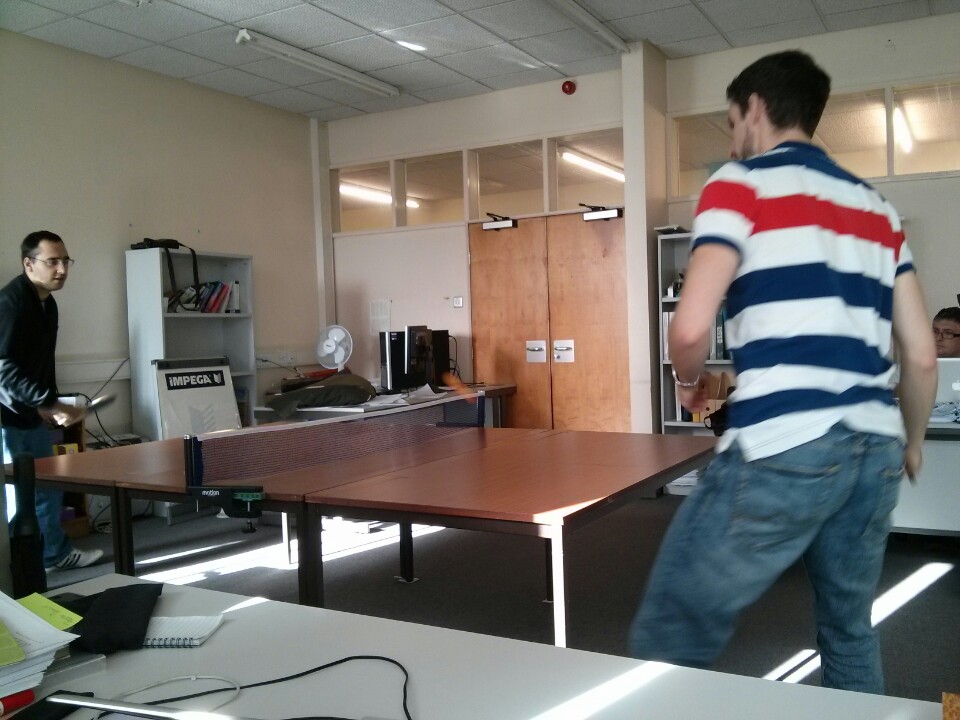For the last two years I’ve been working on a project with some colleagues in the school of Journalism, Media and Cultural Studies (JOMEC) here at Cardiff University and it’s finally all coming together. This week we’ve been able to announce that (subject to some final internal paperwork wrangling) we’ll be launching an MSc in Computational Journalism this September. The story of how the course came about is fairly long, but starts simply with a tweet (unfortunately missing the context, but you get the drift):
@martinjc Just avoided that *shudders* you in work next week. Want to pick your brains on something
— Glyn Mottershead (@egrommet) July 20, 2012
An offer via social media from someone I’d never met, asking to pick my brains about an unknown topic. Of course, I jumped at the invite:
@egrommet worst freebie ever! Yeah, I'm in all week and pretty free (except thurs). When/where?
— Martin Chorley (@martinjc) July 20, 2012
That ‘brain picking’ became an interesting chat over coffee in one of the excellent coffee shops in Cardiff, where Glyn and I discussed many things of interest, and many potential areas for collaboration - including the increased use of data and coding within modern journalism. At one point during this chat, m’colleague Glyn said something like “do you know, I think we should run a masters course on this.” I replied with something along the lines of “yes, I think that’s a very good idea.” That short conversation became us taking the idea of a MSc in Computational Journalism to our respective heads of schools, which became us sat around the table discussing what should be in such a course, which then became us (I say us, it was mainly all Richard) writing pages of documentation explaining what the course would be and arguing the case for it to the University. Last week we held the final approval panel for the course, where both internal and external panel members all agreed that we pretty much knew what we were doing, that the course was a good idea and had the right content, and that we should go ahead and launch it. From 25th July 2012 to 1st April 2014 is a long time to get an MSc up and running, but we’ve finally done it. Over that time I’ve discovered many things about the University and its processes, drunk many pints of fine ale as we try to hammer out a course structure in various pubs around the city, and have come close on at least one occasion to screaming at a table full of people, but now it’s done. As I write, draft press releases are being written, budgets are being sorted, and details are being uploaded to coursefinder. With any luck, September will see us with a batch of students ready and willing to step onto the course for the first time. It’s exciting, and I can’t wait.
New MSc in Computational Journalism from @CardiffJomec and @csicardiff going ahead. Details to follow full approval - launch in the autumn
— Richard Sambrook (@sambrook) April 3, 2014
Journalism and computer science, you say? In Cardiff? With @sambrook, me and @martinjc? http://t.co/IBnovbafWK
— Glyn Mottershead (@egrommet) April 15, 2014



